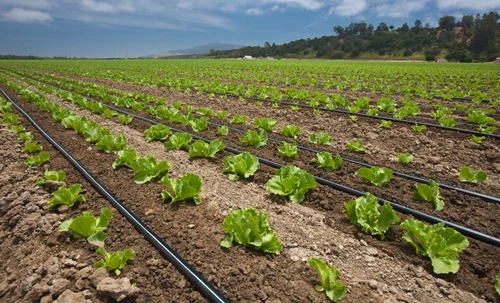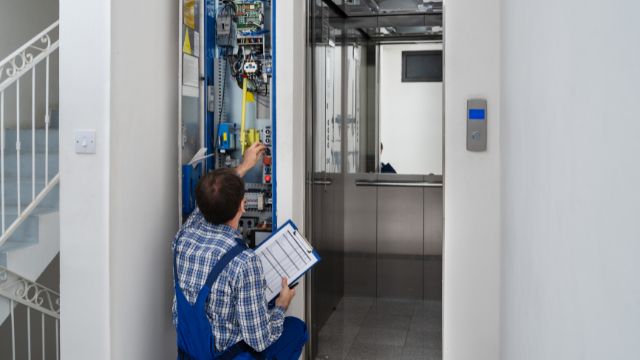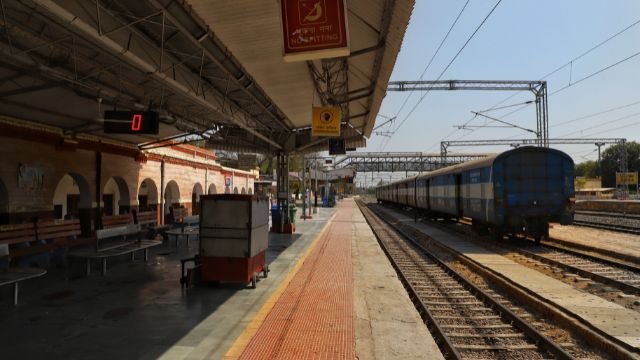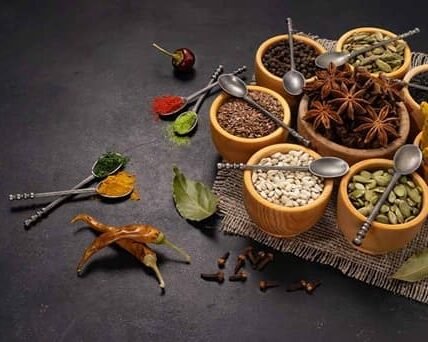Drip irrigation is a way of watering plants slowly and directly to the roots. This system saves water and helps plants grow better. It is useful in places where water is limited. Farmers and gardeners use drip irrigation to give the right amount of water to crops without wasting it. Let’s learn more about its advantages and disadvantages.

Why Drip Irrigation is Good for Plants
Drip irrigation has many benefits. It is like giving plants the perfect drink of water. Instead of watering everything, this method puts water directly where plants need it – their roots. This saves a lot of water and keeps plants healthy. According to Techie Blaze, using drip irrigation can save up to 50% of water compared to traditional watering methods.
- Saves Water: Drip irrigation uses less water. Because water goes straight to the plant roots, there is no waste.
- Better Growth of Plants: When plants get the right amount of water at the right time, they grow faster and healthier.
- Prevents Weeds: Since water is only given to the plants, weeds do not grow in other places.
- Saves Time and Effort: Once the drip irrigation system is set up, it runs on its own. You don’t need to water plants by hand every day.
- Prevents Soil Erosion: The water flows slowly in drip irrigation, so the soil does not wash away.
- Good for All Types of Soil: Whether the soil is sandy or heavy, drip irrigation works well in all types of soil.
Some Challenges of Drip Irrigation
Although drip irrigation is very helpful, it also has some disadvantages that should be considered.
- Expensive to Set Up: The equipment for drip irrigation, such as pipes, tubes, and pumps, can be costly in the beginning.
- Needs Maintenance: The pipes can get blocked by dirt, algae, or salt. Cleaning them regularly is important.
- Not Suitable for Large Fields: For very big farms, drip irrigation might not be the best solution as it takes time and effort to set up.
- Requires a Good Water Source: Drip irrigation needs clean water. If the water is dirty, the system can get blocked easily.
- Needs Careful Installation: If the system is not installed correctly, water may not reach all the plants equally.
Table of Comparison: Advantages and Disadvantages of Drip Irrigation
| Advantages | Disadvantages |
| Saves water | Expensive to set up |
| Promotes healthy plant growth | Requires regular maintenance |
| Prevents weed growth | Not ideal for large fields |
| Saves time and effort | Needs clean water |
| Prevents soil erosion | Careful installation needed |
Conclusion
Drip irrigation is a smart way to save water and grow healthier plants. It works well for small farms and gardens. However, it can be costly and requires good care. With regular maintenance and the right setup, it can be a great way to make farming easier and more productive.
This method is becoming more popular because it helps both plants and the environment. If you want to learn more about the latest in farming and technology, Techie Blaze is a good source for new ideas.

Santosh Kumar is an editor at unfoldstuffs.com and a professional content writer. With years of experience he is passionate for creating engaging, informative and impactful topics.









